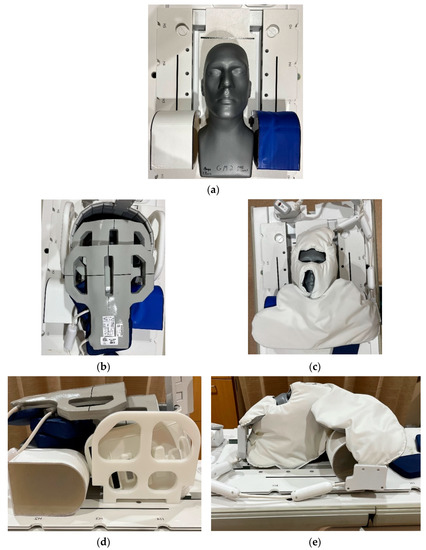J. Clin. Med. 2022, 11(20), 5986; https://doi.org/10.3390/jcm11205986 - 11 Oct 2022
Cited by 6 | Viewed by 3127
Abstract
The immune system plays a fundamental role in neoplastic disease. In the era of immunotherapy, the adaptive immune response has been in the spotlight whereas the role of innate immunity in cancer development and progression is less known. The tumor microenvironment influences the
[...] Read more.
The immune system plays a fundamental role in neoplastic disease. In the era of immunotherapy, the adaptive immune response has been in the spotlight whereas the role of innate immunity in cancer development and progression is less known. The tumor microenvironment influences the terminal differentiation of innate immune cells, which can explicate their pro-tumor or anti-tumor effect. Different cells are able to recognize and eliminate no self and tumor cells: macrophages, natural killer cells, monocytes, dendritic cells, and neutrophils are, together with the elements of the complement system, the principal players of innate immunity in cancer development and evolution. Metastatic breast cancer is a heterogeneous disease from the stromal, immune, and biological point of view and requires deepened exploration to understand different patient outcomes. In this review, we summarize the evidence about the role of innate immunity in breast cancer metastatic sites and the potential targets for optimizing the innate response as a novel treatment opportunity.
Full article
(This article belongs to the Special Issue Current Updates and Advances in Breast Cancer)
►
Show Figures









